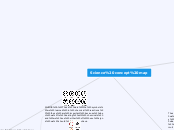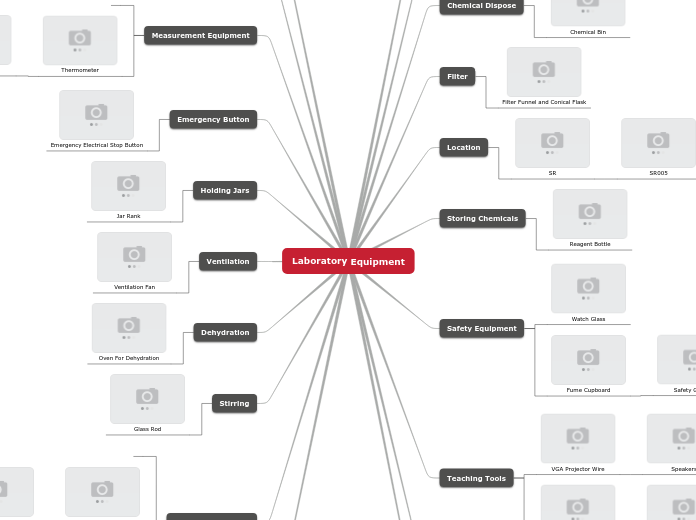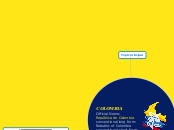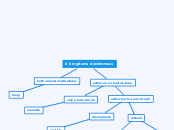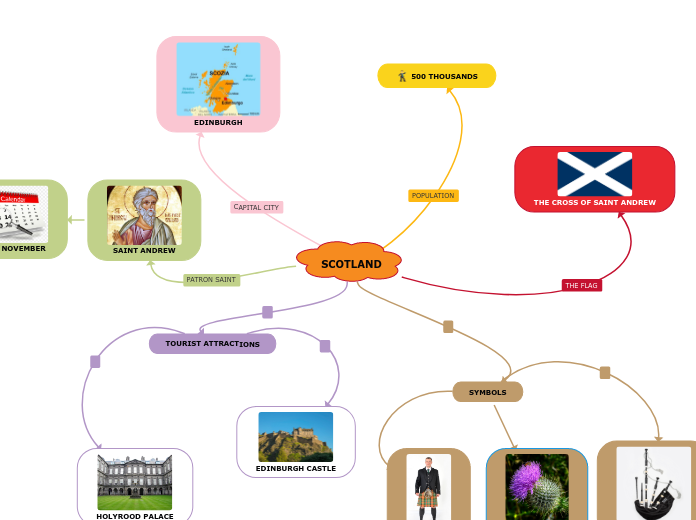Science concept map
Unit 2: Light and geometric optics/Electricity
In this unit we learned about light, electricity and electrons and neutrons to understand electricity better
We also learned about different types of electricity use, like Non renewable resources, Coal, oil and natural gas, Wind power from wind turbines, Solar panels, Water power and geothermal energy.
All these different kinds of energy are what power up different kinds of buildings and homes.
an important thing we learned in electricity was about insulators and conductors.
insulators are objects that electricity cannot pass through at all like rubber or glass.
conductors are objects that electricity can pass through easily like metal and copper.
These are positive and a negative electrical charge, these were important in our electricity unit because they could tell us what charge the item was.
If an object has more negative charges than positive charges, it's a negative charge
If an object had more positive charges than negatives charges, it's a positive charge
If an object has the same amount of negative and positive charges, it's neutral, meaning it's the same
These are some of the symbols we had to learn in our electricity unit. We had to learn about what each of these do and how much we would need in a circuit
Tissues, Organs and System
In this unit we learned about cells, our organs and different organisms.
we also learned about other cells than just our blood cells, like plant cells and animal cells.
We learnt that each cell in our body has a different role that help the other cells function. The Mitochondria for example is the one cell that provides energy for all the cells, and the nucleus is the the only cell in our body that has our genetic information, no other cell has it.
Subtopic
We learned about tiny microscopic cells like the paramecium and amoeba you would probably find these cells in water or on bacteria.
Unit 1: Chemical reactions
another thing in our first unit was also about the periodic table and bohr rutherford diagrams
When we were learning about the periodic table we were learning about the metals, the gases and some alkali metals and other metals.
we were also taught about the groups of the table
This is a bohr rutherford diagram we had to learn. The number of dots depends on how many neutrons and protons are in a element, then we had to make the circled graph to place all the dots in their proper places.
The most important things we learned in this nit was about chemicals, different signs for it and what to look out for when we were dealing with them
These signs are hazardous household symbols
These three shapes have different meanings that we were are to look out for. The Octagon means Danger and we should be very very cautious when dealing with it
The hexagon means warning, now this means it's still dangerous but its not very dangerous
The upside down triangle means caution, it's not very dangerous at all but it means we should be cautious and careful
The four symbols beside the shapes are hazardous household product symbols. These symbols we would see on regular house products like bleach, hairspray, etc. Even though they are for house products they are still apart of the WHIMIS system
WHIMIS: These were the symbols we learned in chemical reactions, these are important because when we're dealing with chemicals and we see either of these signs we should be cautious.
